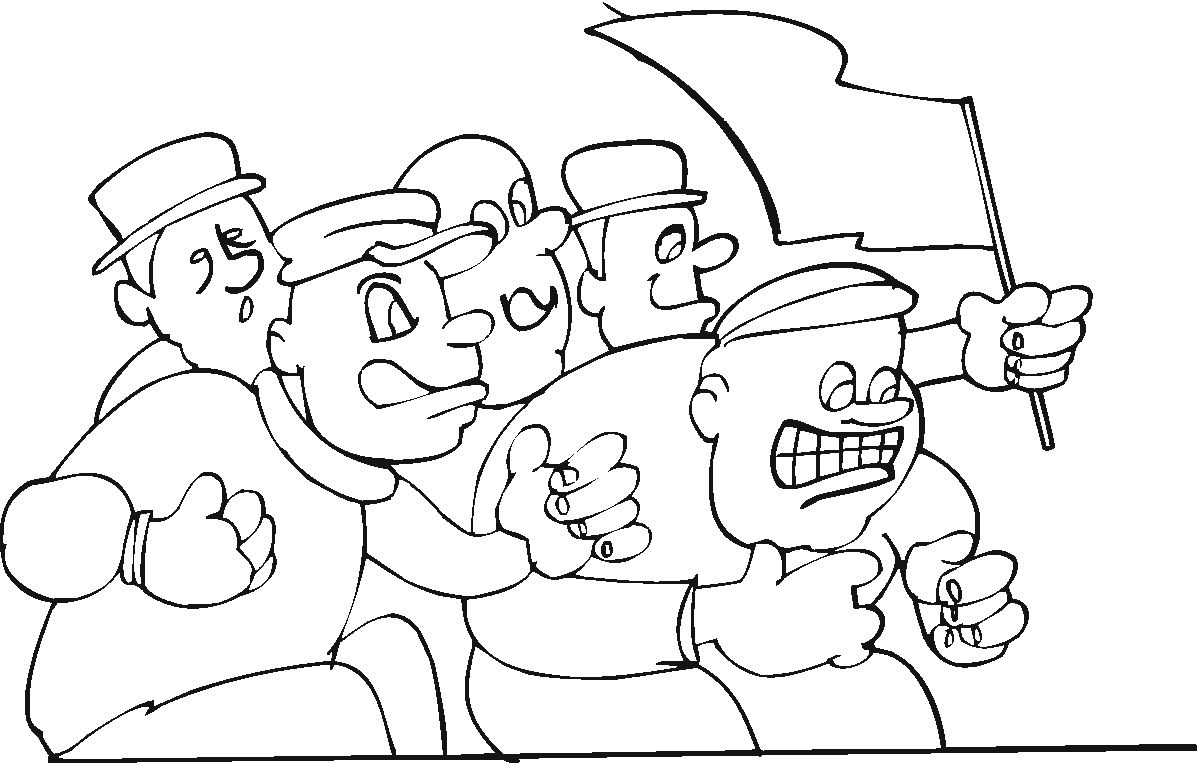
Nonetheless, a name which does come from Uruguay and that is used in most of Latin America, and lately in Spain, is the one given to the faithful followers of a football club: hinchas (fans). The Spanish option for these central characters of the soccer world has not spread across the Atlantic (fortunately!); we’re talking about the folkloric forofo.
A very Argentine expression is the use of picar (chop) applied to a specific action on the ball: it refers to the skillful kick (or chopping action) applied to the bottom of the ball so as to gently send it flying over the rival goalkeeper, effectively scoring a goal. In Spain, the result of that action, if it’s executed well, is known as “vaseline.” Another skillful player’s foot trick is the one which Argentine players kicking the ball in dirt fields christened as the rabona. For a successful rabona you have to slide your strong foot behind your other heel to kick the ball forward. This term was also adopted in Spain, coming from players such as the Argentine Diego Maradona, who often executed rabonas on the manicured European soccer fields (as well as trying to score Olympic goals—balls that go straight into the net from a corner kick). One of the greatest demonstrations of nimble footwork is the dribbling—known in Spain as regate and as gambeta in the Rio de la Plata region. Dribbling consists in tricking the opponent with feigned body movements so as to gain ground while retaining ball possession. The term used in Mexico and Central America is most appropriate, as it speaks of tricking (burlar).
Other expressions have a clearer origin, or at least it is easier to identify the person behind the term. From interviews with coach Juan Carlos Lorenzo in the seventies we get the habit of calling fast, incisive forwards puñales (daggers). From the methods implemented by César Luis Menotti, Spain adopted the term achique (encroachment) to refer to the reduction of space caused by the overall movement of all the players of a team in relation to the opposing team.
On a different level, there are terms that remain in use in smaller circles, away from the media effect, and which are thus strictly regional. For instance, a game played among friends, without any cameras or followers being involved, is called pachanga in Spain, picadito in Argentina, mejenga in Costa Rica, caimanera in Venezuela, and chamusca in Guatemala.
In conclusion, it is clear that there are numerous linguistic elements that these two regions of the world share, and the growing flexibility in the transfer of players worldwide heralds an increasingly intense exchange of shared lexicon. One puzzle remains unsolved, though, one of the greatest soccer-related linguistic mysteries of today: How is it possible that Lionel Messi, who emigrated to Barcelona at the tender age of 12, does not exhibit, in his speech as an adult, the slightest evidence of his immersion into the idiomatic reality of Spain?
To read the original Spanish post go to:
https://www.trustedtranslations.com/localismos-futbolisticos-del-espanol-2012-10-01.html





